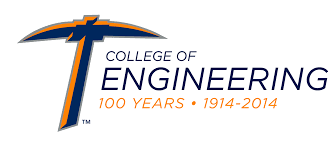Abstract
The generation of realistic emissions from many combustion sources under controlled, highly repeatable, conditions typically requires chassis dynamometers, which are not generally accessible to large stationary chambers and to most research groups. Characterizing aerosols from GDI vehicles is an important step in understanding air quality in our region. Less attention has been paid to SOA formation from GDI vehicles, although PM and VOC emissions can be high especially during cold-starts, or gasoline vehicles operating on fuels with different composition. The goal of this study is to characterize the primary emissions and the SOA formation from current technology GDI and PFI vehicles when operated under different driving cycles. For this study, UCR will employ a 30 m3 Mobile Atmospheric Chamber (MACh) (2 mil fluorinated ethylene propylene Teflon film reactor) that was developed to study the aged emissions from different combustion systems. In addition to the mobile chamber, we will also utilize an oxidation flow reactor that was developed in Tampere University of Technology, Finland, which is better suited to measure real-time secondary aerosol formation potential of rapidly changing emission sources due to its improved flow conditions and shorter residence time.
Research Investigators (PI*)
Georgios Karavalakis*, University of California, Riverside
Project Information
Start Date: January 1, 2018
End Date: November 30, 2019
Status: Completed
Grant Number: 69A3551747128
Source Organization: CARTEEH UTC
Project Number: UCR-01-14
TRID URL
UTC Project Information Form
CARTEEH Focus Area
Transportation System, Alternative Technologies
Emissions and Energy Estimation
Exposure and Health Impacts
Sponsor
Office of the Assistant Secretary for Research and Technology
University Transportation Centers Program
Department of Transportation
Washington, DC 20590 United States
Performing Organization
University of California, Riverside
900 University Ave
Riverside, CA 92521




